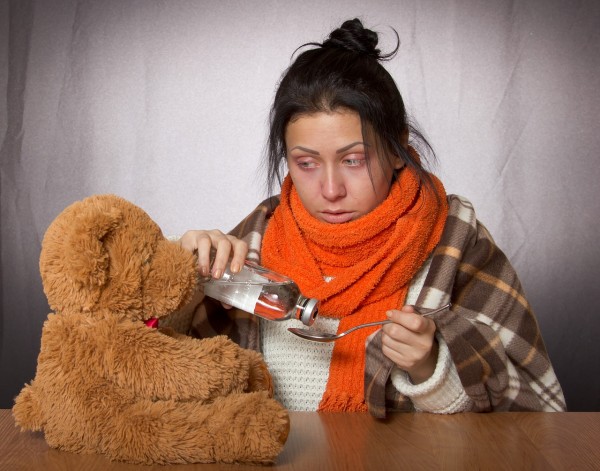Flu Season + Coronavirus, What Does This Mean for Multiracial Communities?

With September just around the corner, questions are raised about the frightening effects of both coronavirus and the flu.
Dr. Benjamin Singer, who manages COVID-19 patients in the intensive care unit of Northwestern Medicine, raised this concern. With a planned framework, the pulmonologist shared how we can have the right protection, not just from coronavirus, but from influenza's yearly visit as well.
Singer, who is also the assistant professor of pulmonary and critical care and biochemistry and molecular genetics at Northwestern University Feinberg School of Medicine, published these findings in the journal Science Advances last May 29. The report lectured about SARS-CoV-2 and influenza and how we should put things in order before the flu season.
His piece had an in-depth discussion about the aspects that regulate the presence or absence of both diseases. To conclude, it also elucidated the origin, function, growth, and evolution of both diseases.
ALSO READ: Are Human Test Trials for COVID-19 Humane? UK Researchers Want To Push the Possibility
Here are the factors that could help establish the seriousness of the upcoming flu season:
1. Transmission
Social distancing is one of the most important factors in controlling the spread of COVID-19. If by chance, COVID-19 does another uptick on positive cases during the fall, tighter public measures should follow. These practices could also hamper the growth of flu during its period.
2. Vaccination
In the time being, there should be an increase in vaccination opportunities for the flu. This could work wonders if the elderly get prioritized.
3. Co-Infection
There should be an introduction of rapid diagnostic tests for every state, not just for COVID-19 but for other respiratory ailments as well.
4. Disparities
The pandemic caused by COVID-19 has led to a pervasive inequality in black Americans, Latinos, and Native Americans. These minorities have registered higher than white people when it comes to cases of COVID-19.
READ MORE: Ultra-Fresh, Locally Grown Produce in the Time of COVID-19 Pandemic
In a report earlier this month, it was said that for racial and ethnic disparities, the most common reasons why there are unequal issues include the following.
First, these components of the minorities have one or more additional conditions that occur along with their primary condition. This is quite accurate for asthma, HIV, liver disease, cardiovascular disease, and morbid obesity.
FIND OUT MORE ABOUT: Shapeshifting: What Made the Virus Jump From Animals to Humans?
Second, a majority of them live in crowded housing areas where social distancing will never be a privilege, and they are most likely to have jobs that require them to face the public at most times, e.g., transportation and services.
"Even in non-pandemic years, the flu and other causes of pneumonia represent the eighth leading cause of death in the United States, and respiratory viruses are the most commonly identified pathogens among hospitalized patients with community-acquired pneumonia," Singer said.
DON'T MISS THIS: Recent Study Alarms Experts Regarding Pregnant Coronavirus Positive Women
May 30, 2020 08:40 AM EDT





